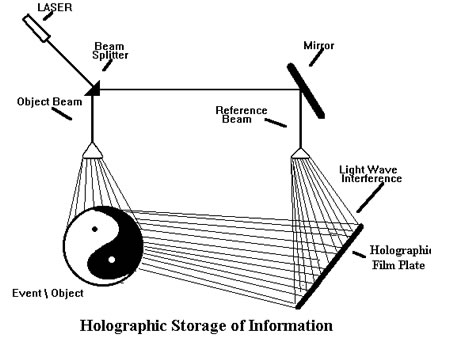Ahuaeynjxs
Holofractale de l'hypervérité
- Inscrit
- 10/12/08
- Messages
- 2 724
LOL... no , but he's a good example of what I'm talking about by unflexible upper lip and thinned out hips, starved brain :lol:
Follow along with the video below to see how to install our site as a web app on your home screen.
Note: This feature may not be available in some browsers.
oh no, Pariah-man, you found restin-mans only weakness.....mathematics :lol:"If proof is what is valid, then non-proof is what is not valid. Which leads to the statement, that everything that is not invalid is proof."
Note that I said "validation" - the *act* of validating, but also I'm saying they are *identical* - exactly the same thing.
but what you've said is very interesting, so I'll look into it:
(P is Proof, V is Valid, ~ means "not" and = means "equal to")
What your saying seems to be:
P=V
~P=~V
~~V=P
What you did seems similar (the same as?) "Affirming the consequent" (an invalid argument type):
*if x then y,
y
then x
*[Edit]: changed confusing example Wink
Things become clear when you investigate what "not, not valid" means: which you can investigate using sets (represent groups using circles): you make it look like everything that is not, not valid is the same set as proof, but you haven't entertained the idea that there may be other sets that don't join with "proof" that are still not, not valid; and there are.**
**[Edit]: me not saying what I meant Smile whoops!
Its an easy mistake to make, or a very clever attempt at being sneaky. Wink
Yes exactly, if something is not invalid, it doesn't mean that it is proven. That's the point, if something is invalid it doesn't mean that it must be proven to not be invalid. But as you cannot prove it, you still cannot say that it is invalid.~~V=P


Pariah a dit:...Keep a watch out on the philosophy board for a new topic ...There's been a lot of discussions lately where a consensus on logic would have streamlined discussion immensly...the best way of coming to consensus in my opinion is setting up a framework to work within, so that those that understand the framework will be clear about what is being said, preventing misunderstandings.
"Bell's theorem proves that any model of reality, whether ordinary or contextual, must be connected by influences which do not respect the optical speed limit. If Bell's theorem is valid, we live in a superluminal reality. Bell's discovery of the necessary non-locality of deep reality is the most important achievement in reality research since the invention of quantum theory."
Nick Herbert in Quantum Reality
